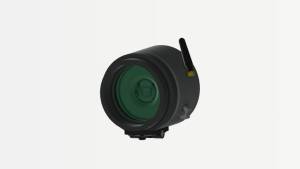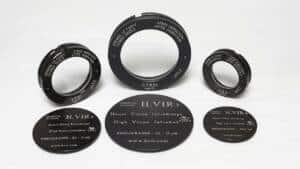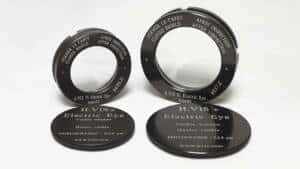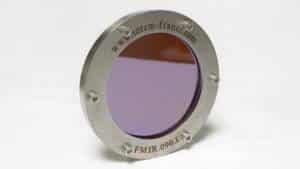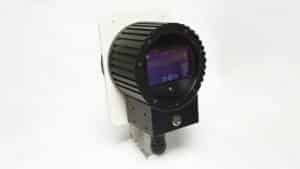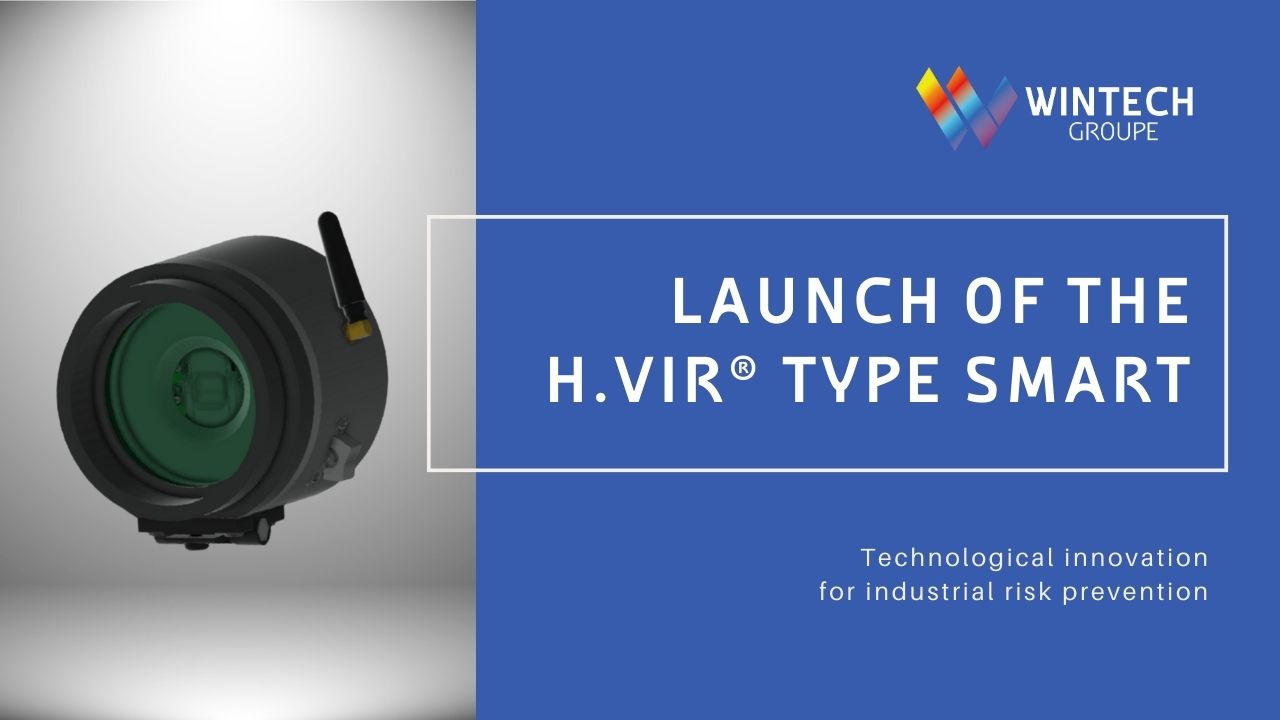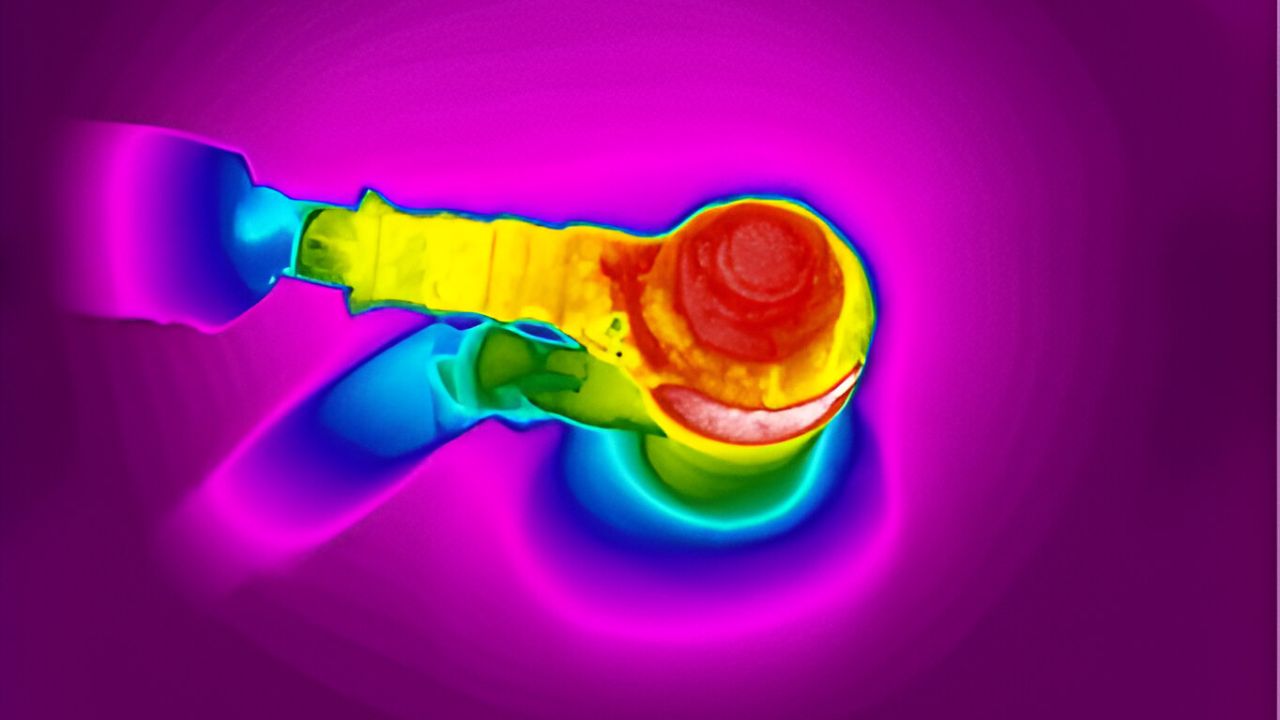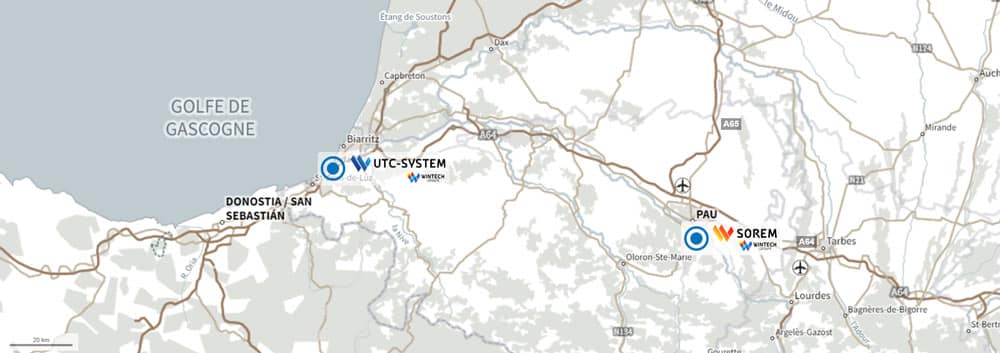New Thermal Imaging and IoT Solutions to Prevent the Risk of Industrial Fires
According to the National Observatory for Electrical Safety, 25% of industrial fires are of electrical origin. For its part, the INSR estimates that nearly 70% of companies affected by a major fire permanently cease their activity in the months following the incident. Therefore, the prevention of fires caused by electrical equipment should be a priority for business owners and industrial site managers. But beyond its mandatory inspection of electrical equipment, we should ask how to make the detection of risks more efficient.
Choose Constant Thermal Image Monitoring of Electrical Equipment
Keeping electrical installations and equipment in compliance, monitoring and maintaining them in proper working order are legal obligations. In this context, preventive maintenance of electrical equipment by thermography has established itself as an effective preventive practice, safe for inspection technicians and economically advantageous for firms.
By using infrared inspection windows, mounted directly on electrical equipment, thermographic inspections make it possible to detect heating and hot spots (not visible to the naked eye) before they reach a dangerous threshold. Using infrared windows means that it is not necessary to open panels and shut down production to complete an inspection. It is safer for personnel and less costly for the company.
What if this preventive maintenance by thermography, which must be scheduled, gave way to an autonomous device for constant monitoring of your electrical equipment?
The UTC, a stand-alone detector for continuous monitoring of electrical installations
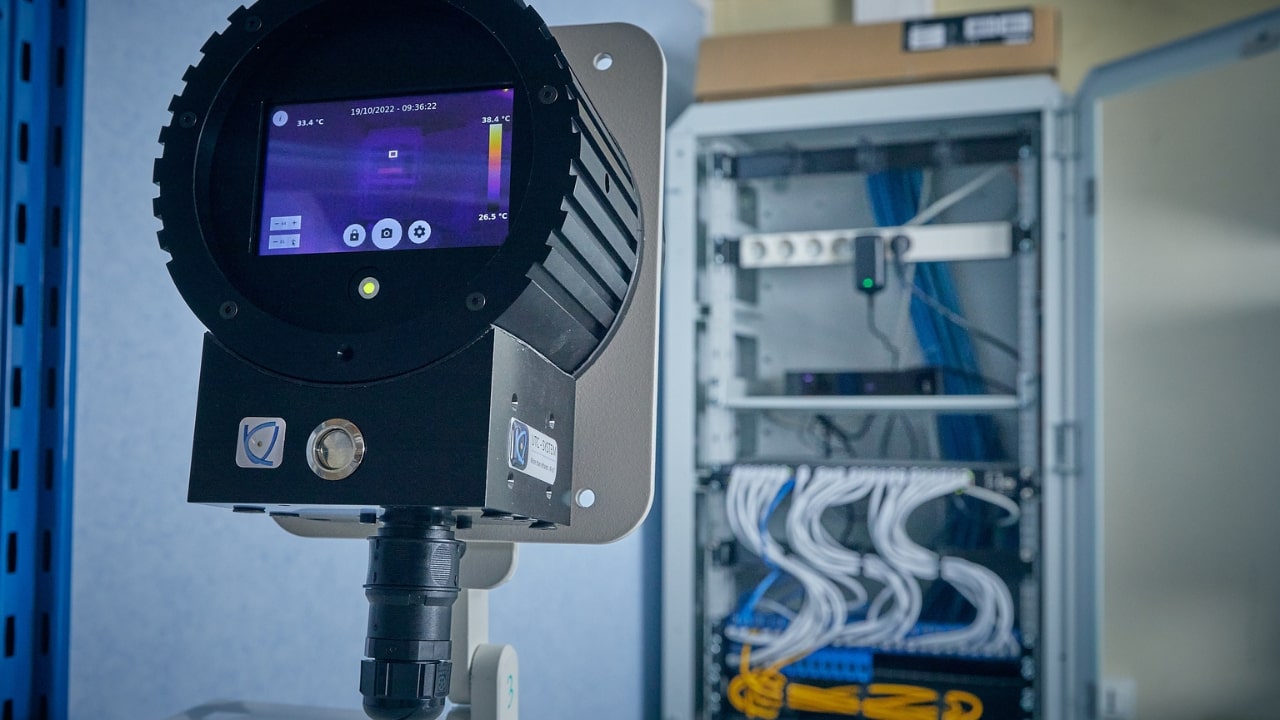
Wintech Groupe is the inventor of the H.VIR® infrared window, used worldwide for the maintenance of electrical equipment by thermography. Through its subsidiary UTC-System, Wintech Groupe has recently developed the first autonomous infrared detector dedicated to the prevention of industrial fire risks.
Installed on electrical equipment, the UTC is an optomechanical device, integrating a camera to an infrared window. Once configured with heat measurement thresholds, the device will allow continuous monitoring, 24/7 and every day of the year. Totally autonomous, these detectors are also connected (IoT) allowing to send alerts in real time.
Be Alerted in Real Time When a Fire Hazard Is Detected
As part of preventive maintenance by thermography, the detection of a possible malfunction (hot spot) is done at the time of inspection of electrical equipment. To reduce the time between the recording of measurements, and thus increase risk prevention, it is necessary to carry out regular checks. Thanks to the UTC detector, you can be informed in real time of the temperature measurements of your electrical equipment. Not only do you no longer need to schedule visual checks, but in the event of abnormal measurements, you are immediately alerted.
There are two ways to do this. In the event of a proven risk, an audible alarm is triggered on site, allowing an immediate evacuation to be carried out. At the same time, an alert can be sent by email or SMS to designated persons who can take immediate action adapted to the situation. The risk is immediately identified and an intervention is rapidly implemented.
A Single Interface to Monitor Fire Risk
The UTC is 100% autonomous and 100% connected. Cameras are monitored through a computer interface that can manage a park of UTC devices. The interface gives access to many features including the setting of alarm triggering conditions or the possibility of capturing remote images. To enhance prevention and detection of an anomaly as early as possible, advanced thermal image tracking options are provided. These tools aim to detect drifts, abnormal signals that must be adjusted before the occurrence of a proven fire risk and the triggering of an alert (temperature control between each phase of electrical equipment).
Because an industrial fire can have dramatic direct and indirect consequences for the company and its employees (injuries, poisoning, death, material damage, destruction of equipment, production stoppage, heavy financial losses, site closure), choosing the autonomous and connected UTC is an essential solution to optimize the prevention of risks related to electrical equipment.
According to the National Observatory for Electrical Safety, 25% of industrial fires are of electrical origin. For its part, the INSR estimates that nearly 70% of companies affected by a major fire permanently cease their activity in the months following the incident. Therefore, the prevention of fires caused by electrical equipment should be a priority for business owners and industrial site managers. But beyond its mandatory inspection of electrical equipment, we should ask how to make the detection of risks more efficient.
Choose Constant Thermal Image Monitoring of Electrical Equipment
Keeping electrical installations and equipment in compliance, monitoring and maintaining them in proper working order are legal obligations. In this context, preventive maintenance of electrical equipment by thermography has established itself as an effective preventive practice, safe for inspection technicians and economically advantageous for firms.
By using infrared inspection windows, mounted directly on electrical equipment, thermographic inspections make it possible to detect heating and hot spots (not visible to the naked eye) before they reach a dangerous threshold. Using infrared windows means that it is not necessary to open panels and shut down production to complete an inspection. It is safer for personnel and less costly for the company.
What if this preventive maintenance by thermography, which must be scheduled, gave way to an autonomous device for constant monitoring of your electrical equipment?
The UTC, a stand-alone detector for continuous monitoring of electrical installations

Wintech Groupe is the inventor of the H.VIR® infrared window, used worldwide for the maintenance of electrical equipment by thermography. Through its subsidiary UTC-System, Wintech Groupe has recently developed the first autonomous infrared detector dedicated to the prevention of industrial fire risks.
Installed on electrical equipment, the UTC is an optomechanical device, integrating a camera to an infrared window. Once configured with heat measurement thresholds, the device will allow continuous monitoring, 24/7 and every day of the year. Totally autonomous, these detectors are also connected (IoT) allowing to send alerts in real time.
Be Alerted in Real Time When a Fire Hazard Is Detected
As part of preventive maintenance by thermography, the detection of a possible malfunction (hot spot) is done at the time of inspection of electrical equipment. To reduce the time between the recording of measurements, and thus increase risk prevention, it is necessary to carry out regular checks. Thanks to the UTC detector, you can be informed in real time of the temperature measurements of your electrical equipment. Not only do you no longer need to schedule visual checks, but in the event of abnormal measurements, you are immediately alerted.
There are two ways to do this. In the event of a proven risk, an audible alarm is triggered on site, allowing an immediate evacuation to be carried out. At the same time, an alert can be sent by email or SMS to designated persons who can take immediate action adapted to the situation. The risk is immediately identified and an intervention is rapidly implemented.
A Single Interface to Monitor Fire Risk
The UTC is 100% autonomous and 100% connected. Cameras are monitored through a computer interface that can manage a park of UTC devices. The interface gives access to many features including the setting of alarm triggering conditions or the possibility of capturing remote images. To enhance prevention and detection of an anomaly as early as possible, advanced thermal image tracking options are provided. These tools aim to detect drifts, abnormal signals that must be adjusted before the occurrence of a proven fire risk and the triggering of an alert (temperature control between each phase of electrical equipment).
Because an industrial fire can have dramatic direct and indirect consequences for the company and its employees (injuries, poisoning, death, material damage, destruction of equipment, production stoppage, heavy financial losses, site closure), choosing the autonomous and connected UTC is an essential solution to optimize the prevention of risks related to electrical equipment.


